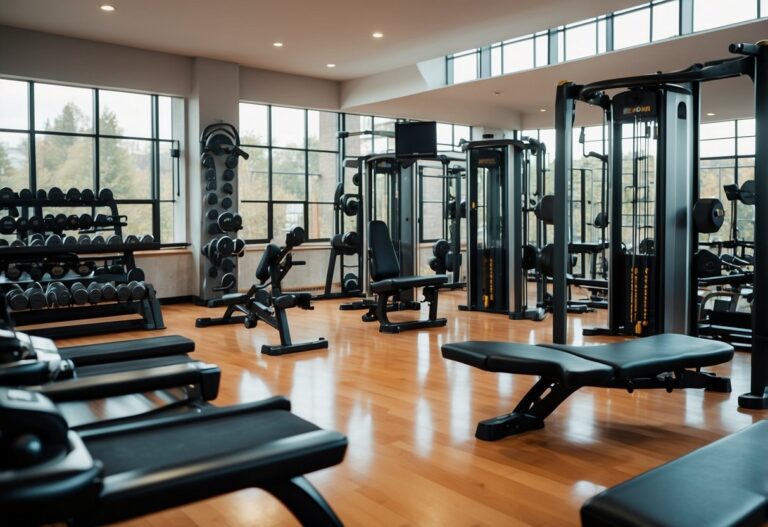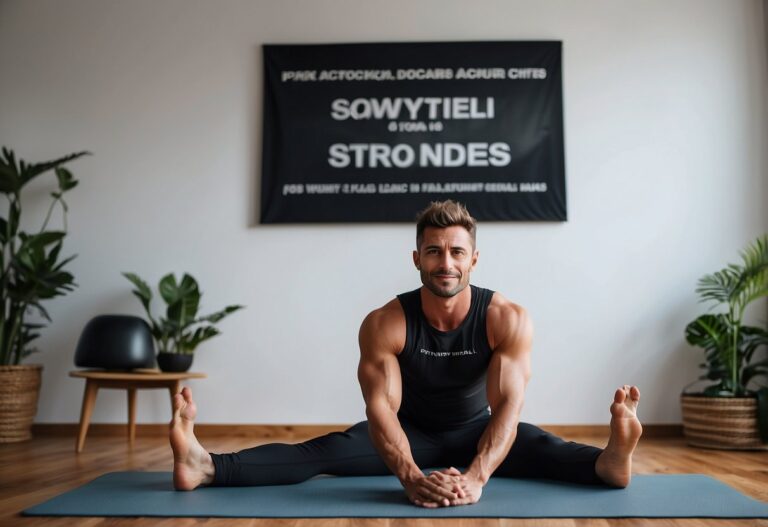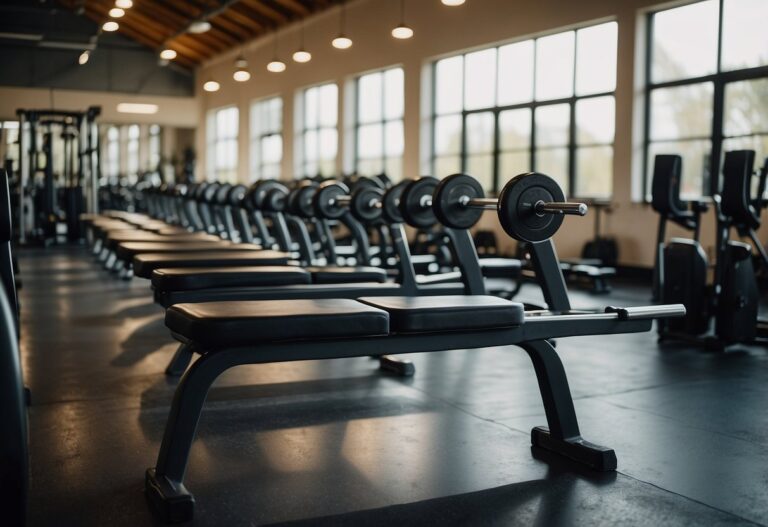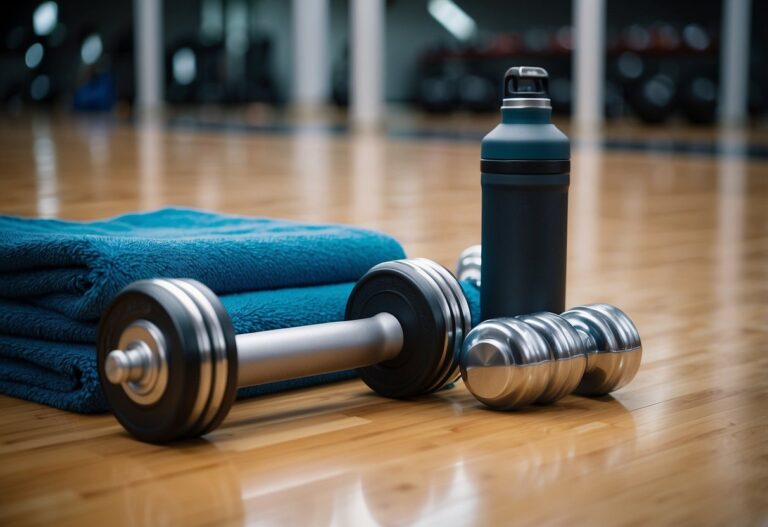Looking to get that toned and flat stomach? You’re not alone! Many people head to the gym with the goal of trimming their waistline and strengthening their core. Effective stomach workouts not only boost your appearance but also improve your overall health. So, how can you make your gym sessions more effective in targeting those stubborn belly areas?
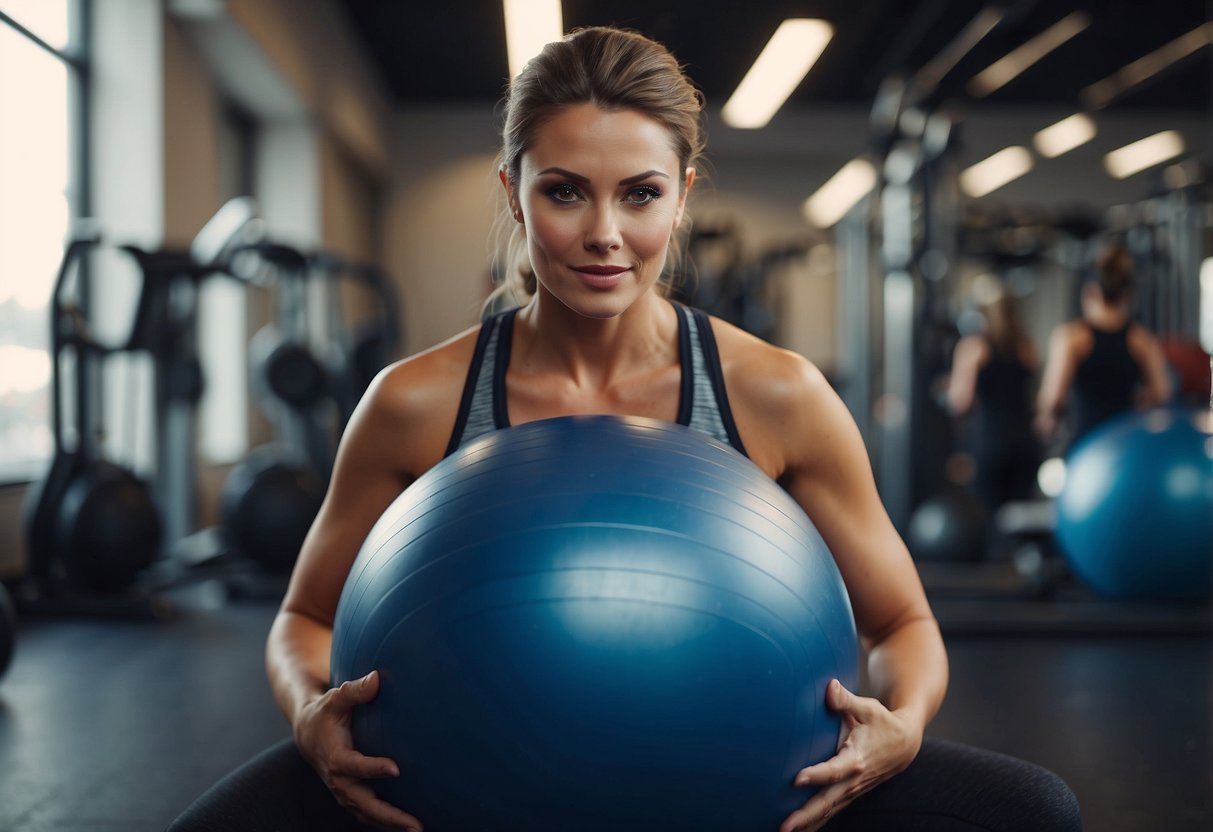
Adding the right exercises and techniques to your routine can make all the difference. Whether you’re sprinting on an incline or lifting weights, engaging your muscles properly ensures you’re maximising your efforts. By following some simple tips, you’ll be on your way to achieving the results you’ve been aiming for.
Warm-up with Dynamic Stretches

Dynamic stretches are a great way to get your body ready for a stomach workout in the gym. They help increase blood flow and flexibility, making your muscles more responsive.
Vinyasa flow is a yoga move that strengthens your upper body while opening up your back. It’s an easy and effective way to start your warm-up.
Inchworms can be another excellent choice. They not only stretch your legs and back but also engage your core muscles, giving you a solid warm-up.
Jump lunges are also useful. These not only warm up your lower body but also require balance, which helps activate the stabiliser muscles in your legs dynamic warm-up exercises.
Plank Variations for Core Stability
If you’re aiming for a rock-solid core, planks are your go-to move. They’re simple but highly effective.
Start with the forearm plank. Lie face down, then lift your body using your forearms and toes. Keep your body straight, like a plank of wood.
Next, try the side plank. Lie on one side, propping yourself up on one forearm. This targets your obliques, helping with side-to-side stability.
For something more challenging, try the plank with shoulder taps. Begin in a standard plank position. Alternate lifting each hand to tap the opposite shoulder. This makes you engage more muscles to maintain balance.
Adding plank hip dips to your routine can also help. From a forearm plank, lower each hip to the side, one at a time. This adds a dynamic twist, working your obliques even more.
The reverse plank is another great variation. Sit with your legs extended, place your hands behind you, and lift your hips. It works your core while also engaging your glutes and hamstrings.
You can mix and match these variations to keep your workout interesting and challenging. Aim for 15-30 seconds per plank, gradually increasing as you get stronger. Remember, engaging your core throughout is key to getting the most out of these exercises and avoiding injury.
Trying these different plank variations can make a huge difference in your core stability. Give them a go next time you hit the gym.
Russian Twists with Medicine Ball
When you’re aiming to strengthen your core, Russian Twists with a medicine ball are a top choice. They’re great for targeting your obliques and abs.
To start, sit on a mat with your knees bent and feet flat. Hold the medicine ball close to your chest. Lean back slightly to form a V shape with your torso and thighs.
Next, twist your torso to one side, bringing the medicine ball towards the floor. Return to the centre and repeat on the other side. Remember to keep your core engaged throughout the movement.
If you’re a beginner, focus on maintaining good form rather than speed. Take it slow to avoid injury. As you become more comfortable, you can increase the tempo for a more intense workout.
Inhale as you twist and exhale as you return to the starting position. This breathing pattern helps stabilise your core.
For more tips on Russian Twists, you can check out Bodybuilding.com’s guide.
Leg Raises for Lower Abs
Leg raises are a fantastic exercise for targeting your lower abs. To get started, lie flat on your back with your legs pointing straight up towards the ceiling and your arms at your sides.
Slowly lower your legs towards the floor while keeping your lower back pressed against the ground. This movement engages your lower abs effectively.
Make sure to brace your core and avoid arching your back. Consistent practice of leg raises will help you build stronger lower abs. For more details, check out this guide on leg raises for lower abs.
Bicycle Crunches for Obliques
Bicycle crunches are a great way to target your oblique muscles. To get started, lie flat on the floor with your lower back pressed down. Bend your knees and keep your feet on the floor. Place your hands behind your head, but don’t pull on your neck.
Raise your shoulders slightly off the ground. Now, lift your right knee towards your left elbow while straightening your left leg. Then, switch sides. Keep alternating in a pedalling motion.
Remember to contract your core muscles to stabilise your spine. This helps you get a more effective workout for your obliques. For further details, you can check out this guide on performing bicycle crunches.
Incorporate this exercise into your routine and you’ll notice your obliques getting stronger over time.
Hanging Leg Raises on Pull-up Bar
Hanging leg raises are a fantastic way to strengthen your core. Start by gripping the pull-up bar with your hands shoulder-width apart.
Let your body hang straight. Engage your core muscles, then lift your legs until they are parallel to the ground. Keep your movements controlled to avoid swinging.
If this is too challenging, you can try bending your knees. This makes the exercise easier while still working your core effectively.
For best results, aim for about 10-15 repetitions per set. Take it slow and ensure you’re using proper form to prevent injuries. Adding this to your routine can really help in building a strong core.
To learn more about how to do hanging leg raises correctly, follow this link.
Ab Rollouts for Core Strength
Ab rollouts are a fantastic way to build core strength. Using an ab wheel or a barbell, you extend your body towards the ground. Make sure to keep your lower back neutral. This move targets your core muscles, including the rectus abdominis and obliques.
When you perform ab rollouts, start on your knees. Grip the handles or barbell with your hands shoulder-width apart. Push the wheel forward slowly while keeping your form steady. This exercise not only strengthens your abdominal muscles but also engages your whole body.
You can increase the difficulty by wearing a weight vest or placing a plate on your back. Adding weight gives your muscles an extra challenge. For even more advanced routines, try different variations of the exercise. Each variation can target different muscle groups, improving your core stability and strength.
For more detailed guidance, you can refer to Muscle & Fitness’s ab wheel rollout guide or Verywell Fit’s technique tips. These resources provide step-by-step instructions and variations to suit different fitness levels.
Cable Crunches for Resistance
Cable crunches are a great exercise to add to your stomach workout in the gym. They help to strengthen and define your abs by adding resistance.
Start by kneeling in front of a cable machine. Hold the cable rope above your head, placing your wrists against your ears. Keep your hips still and your lower back slightly arched.
As you crunch down, focus on bringing your elbows towards your thighs. This movement targets your rectus abdominis effectively.
Pause at the bottom, then slowly return to the starting position. Remember to exhale while crunching down and inhale as you return. Keeping tension in your abs is key.
For a step-by-step guide, refer to this muscle workout guide.
Decline Bench Sit-ups
Decline bench sit-ups are a great addition to your stomach workout routine. They target your core muscles more intensely than standard sit-ups. You’ll need a decline bench, which you can typically find in most gyms.
Set the bench at a 30 to 45-degree angle. Sit and hook your feet under the padded bar to stabilise yourself.
Cross your arms over your chest or place them behind your head. Slowly lower your back until it’s nearly parallel to the floor, then engage your abs to lift yourself back up. This controlled movement helps build core strength.
Avoid jerking motions to prevent injury and get the most out of the exercise. Adding weight, like a medicine ball, can increase the difficulty and effectiveness of the workout. Check out tips on how to do decline sit-ups for more guidance.
Side Planks for Lateral Core
Side planks are an excellent exercise for targeting your lateral core muscles. They focus on your obliques, which are responsible for side-to-side movements and stability.
To perform a side plank, lie on your side with your elbow directly under your shoulder. Keep your legs straight and stack them on top of each other.
Lift your hips until your body forms a straight line. Hold this position for as long as you can while maintaining good form. You should feel the burn in your obliques and hips.
If you find this too challenging, modify it by bending your knees and supporting yourself on your lower knee. To make it harder, try lifting your top leg.
Consistency is key. Adding side planks to your regular workout routine can help build a strong, stable core. Try incorporating them with other exercises that require lateral stability, like deadbugs.
Have you tried side planks before? If not, give them a shot and notice the difference in your core strength!
Importance of a Stomach Workout
Stomach workouts are crucial for building a strong core, which improves posture and overall muscle balance. These exercises also enhance your stability and balance, benefiting your daily activities and athletic performance.
Core Strength Benefits
Building core strength through stomach workouts offers numerous benefits. A strong core supports your spine, reducing your risk of injuries and preventing back pain. Core muscles include the abdominals, lower back, hips, and pelvis. When these muscles are well-developed, they work together to provide stability. You will notice improvements not just in workouts but also in daily activities.
Stronger core muscles make lifting, bending, and twisting easier. Think about carrying groceries or picking up children – these also become less stressful on your back. In sports, a powerful core contributes to better performance by providing the foundation for almost every movement, whether it’s running, jumping, or even throwing. Consistently incorporating stomach workouts into your fitness routine will make these tasks more manageable and comfortable.
Enhanced Stability and Balance
Enhanced stability and balance are significant advantages of stomach workouts. A strong core stabilises your body, making you less prone to falls and injuries. This is particularly important as you age, but it’s equally beneficial for younger people. Good balance supports better coordination and agility, essential for sports and daily tasks.
Exercises like the plank and Russian twists are great for improving balance. Practising these movements helps your body to maintain proper alignment. Improved stability also means you can perform other exercises with better form, enhancing their effectiveness and reducing the chance of injury. By focusing on your core strength and stability, you give yourself a solid foundation for overall physical fitness.
Proper Form and Technique
Using the proper form and technique during your stomach workout routines is crucial for getting the best results and avoiding injuries. Let’s focus on correct breathing and common mistakes to keep in mind.
Correct Breathing Techniques
Breathing correctly during your stomach workouts can make a significant difference. You should breathe out during the effort phase of an exercise and breathe in during the relaxation phase. For example, during a plank exercise, you should breathe out when you engage your abdominal muscles and in when you relax.
Keep your breathing steady and avoid holding your breath. Holding your breath can increase your blood pressure and cause dizziness or fainting. Focus on a rhythmic pattern: inhale through your nose and exhale through your mouth. This helps you maintain control and provides your muscles with the oxygen they need.
Additionally, using diaphragmatic breathing can help. This involves breathing deeply into your belly rather than shallow chest breaths. It ensures that your core remains engaged throughout the workout, providing stability and improving performance.
Avoiding Common Mistakes
Avoiding common mistakes can prevent injuries and ensure you are effectively working your abdominal muscles. One common mistake is not keeping your body aligned. For instance, during a plank, your body should form a straight line from head to heels. Dropping your hips or raising them too high can lead to back strain.
Another mistake is rushing through exercises. It’s better to perform movements slowly and with control. Quick, jerky motions can cause muscle strain and reduce the effectiveness of the exercise. For sit-ups, ensure that you engage your core rather than pulling your neck or head.
Arching your back is another frequent error, especially in exercises like leg raises or crunches. This can put stress on your lower back. To avoid this, maintain a neutral spine by keeping your back flat against the floor and engaging your core.
Lastly, using momentum instead of muscle can compromise your workout. For example, if you’re swinging your arms to complete a movement, you’re not properly engaging your core. Focus on using your muscles, not momentum, to perform each exercise.



